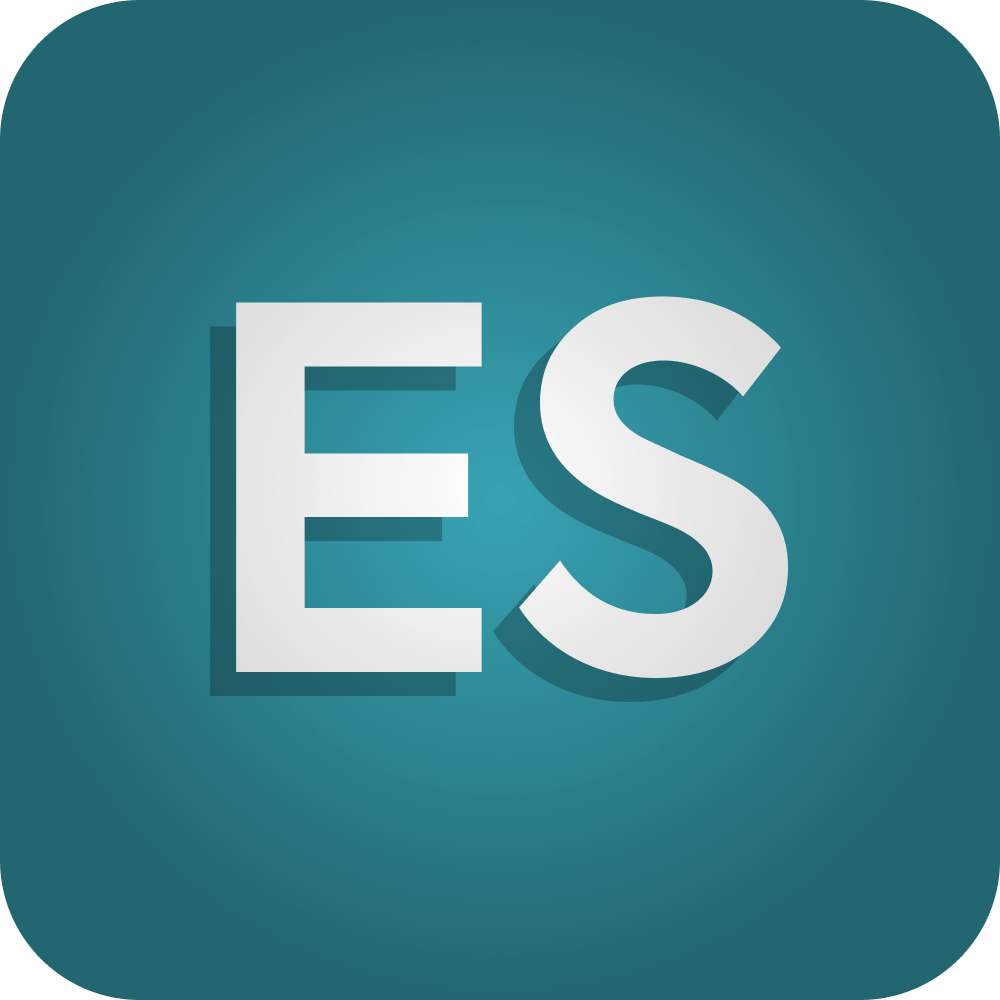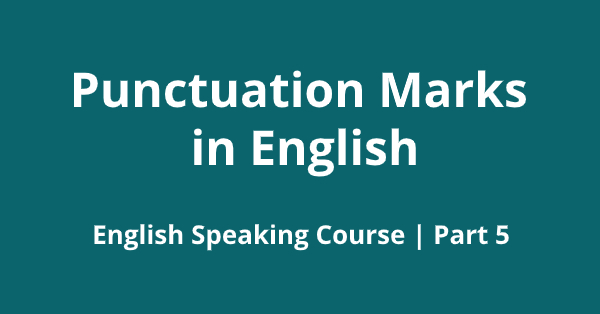What are punctuation marks in the English language? Punctuation marks are the characters that help you to distinguish between different ideas in a sentence. Moreover, it creates a rhythm and makes it easy for the readers to understand your writing.
Different types of punctuations
You can categorize punctuations into different kinds. Here are the different kinds of punctuation marks.
- Period (.)
A period is also known as a full stop. You should use a full stop at the end of every sentence. In addition, it distinguishes between different sentences.
Example:
I went home after school. Our teacher gave us homework for today. I will complete my homework and go out to play.
You can also use a period in abbreviations.
Example:
- (Saint)
- g. (Exempli Gratia)
- Question mark (?)
A question mark denotes that the sentence is in the form of a question. Further, you always write a question mark at the end of a sentence.
For example:
How was your day?
Could you please tell me the direction of Santa Cruz?
However, you must remember that only direct questions end with question marks. For indirect questions, you need to use full stops.
For example:
I don’t know how my test went.
I will learn how to play the guitar this summer.
- The exclamation mark (!)
When you want to show excitement or emphasis to your sentences, you use the exclamation mark. You can also use it while giving commands.
For example:
How did you do that!
That house is so big!
I can’t believe this!
- The comma (,)
A comma is the most useful punctuation mark in the English language. Further, you use a comma to give breathing time to readers. It makes reading easy.
For example:
I had pizza, a burger, and French fries for dinner.
The player put on his helmet, adjusted the bat, and scored well.
- Colon (:)
Normally people don’t use colons anymore. However, they are important for writing as they help you in formal writing.
For example:
- In salutations
Dear Ma’am:
To whom it may concern:
- To give more information
I have three vegetables: Spinach, carrots, and cauliflower.
- To connect independent clauses.
I knew what he wanted: he was gesturing it with his hands.
- To write time in figures.
1:45 A.M.
2:30 A.M.
- Semi Colon (;)
A semicolon or half colon connects two sentences together without using a conjunction. It gives more information about the sentence.
For example:
I didn’t go out today; it was raining.
I went to buy a cake yesterday; it was my sister’s birthday.
Additionally, you can use a semicolon before transitional expressions such as in addition, however, for instance, also, finally, and moreover.
For example:
I don’t like Shreya; likewise, she doesn’t like me.
I love cakes; however, they’re not good for your health.
Note: You can replace a semicolon with conjunction where it is possible.
For example:
I didn’t go out today because it was raining.
I went to buy a cake yesterday as it was my sister’s birthday.
- Hyphen (-)
You can use a hyphen to combine words together. Usually, a hyphen combines nouns to make compound nouns or adjectives make compound adjectives. You can also use a hyphen with prefixes and suffixes such as anti-, post-, -like, and –wise.
For example:
- Anti-gravity
- Home-like
- Marks-wise
- Decision-making
Additionally, you can use hyphens to signify time periods.
For example:
He was missing from his city for the period 2015-2017.
- Dash(-)
A dash gives you a break in a sentence. It signifies the beginning of something important. Remember that a dash has no space before or after the character.
For example:
Your house- and all other houses-will receive gas connections.
Ruskin Bond-everyone knows him, and he’s coming to our college.
He was running too fast-I couldn’t see his face.
- The apostrophe (‘)
An apostrophe signifies the possession of objects. You can also use an apostrophe to shorten words.
For example:
Julia’s necklace is very expensive.
They’re going to the USA for a year.
These are someone’s books.
Jill’s pen is missing.
Further, you can also use an apostrophe to shorten words like don’t for do not, can’t for cannot, won’t for will not, etc.
Note: However, if a word ends with ‘s,’ you don’t have to use ‘s’ after the apostrophe.
For example:
James’ scores are high.
Trees’ leaves are falling in autumn.
- Quotation marks (“…”)
You will find quotation marks in many books. In essence, they are usually written with dialogues and speech.
For example:
“Do you know which the way to the hall is?” he asked me.
“Don’t go out now!” my mother warned.
In conclusion, knowing your punctuation will help you make your sentences short and easy to read. You need to follow the rules while using punctuation marks.

